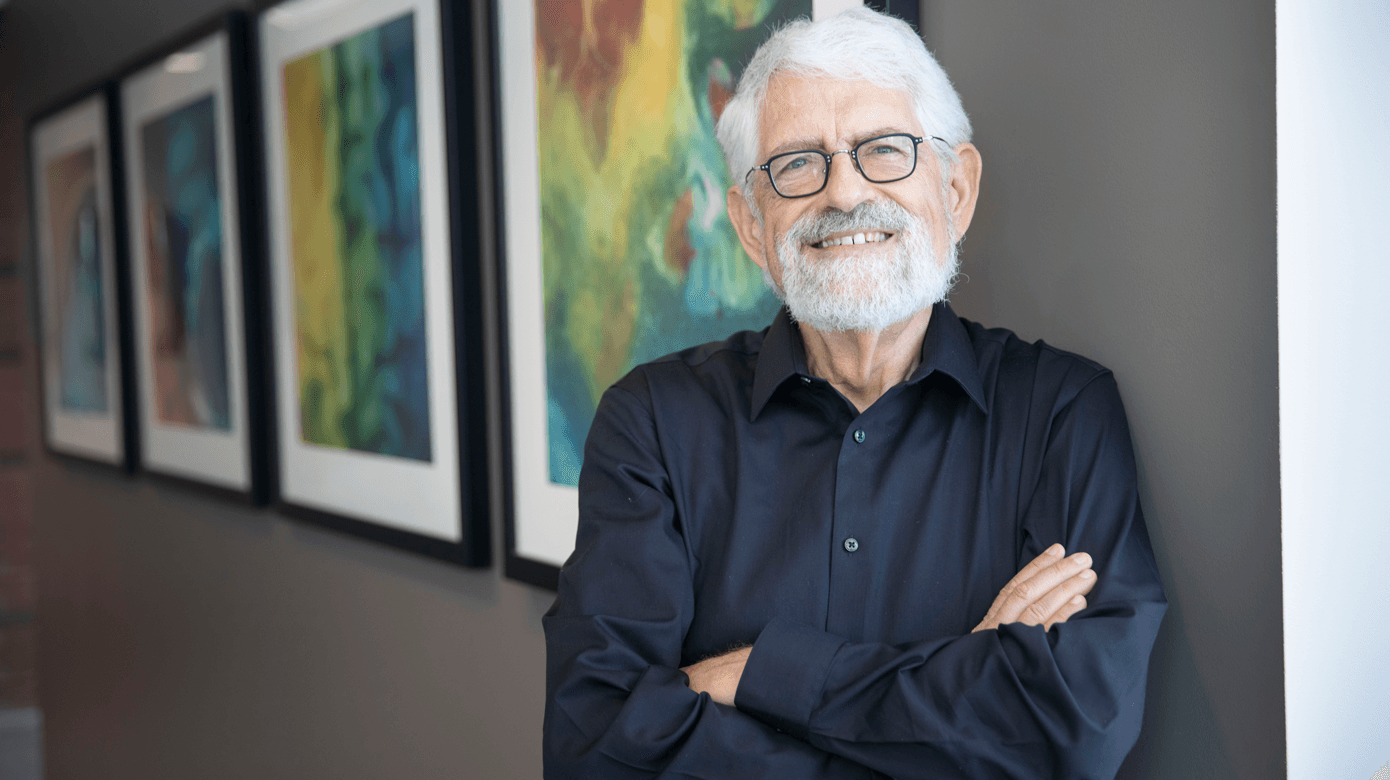Another new possibility AI offers is understanding how the brain processes language. ‘If you had asked me a few years ago whether I could figure out how the brain generates language, I would have dismissed it outright. It’s too complicated—too many parts of the brain are involved, and it involves a hierarchy of so many subcomponents that we might as well give up trying to understand it. So, we left all the language stuff to the linguists. But now, with the Large Language Models, it’s possible to begin approaching it as a theoretical neuroscience subject. By probing the artificial intelligence neural networks that generate language, we can begin to uncover the underlying principles of how language is comprehended and produced by the human brain. So, it opens up a whole new area. It’s another revolution, and we're just scratching the surface.’

